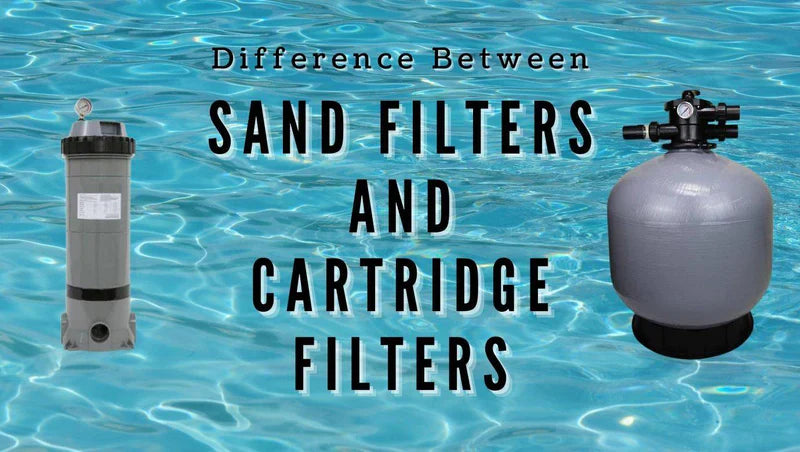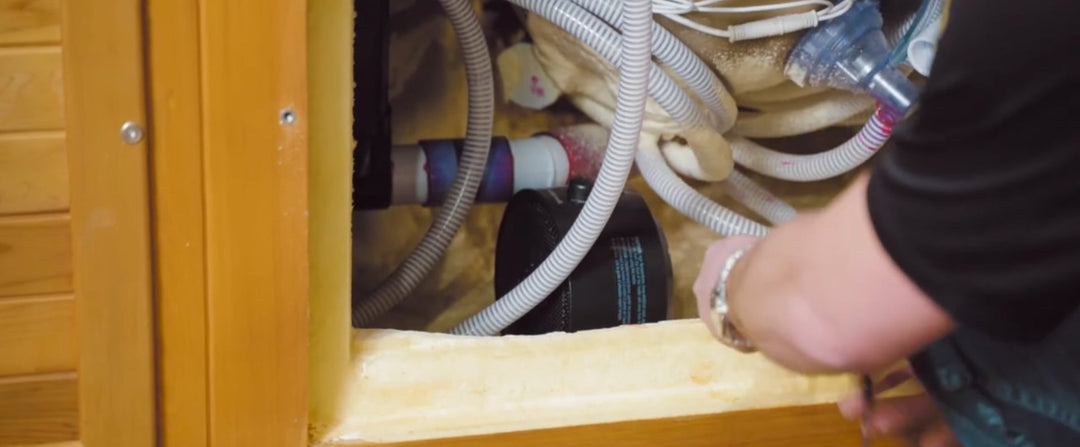🧼 Pool Filter Options: Sand vs. Cartridge
When it comes to keeping your pool water clear and clean, your filter plays a critical role. At Premier Pool & Spa, we carry and support both sand filters and cartridge filters, each with their own unique advantages.
Let’s break down how each system works, and what you need to know to keep them running at peak performance.
🏖️ Sand Filters
Sand filters are a popular and reliable choice for many residential in-ground pools. They work by pushing pool water through a bed of sand, where dirt and debris are trapped before the clean water returns to your pool.
🧪 How It Works:
-
Water flows through a tank filled with specially graded sand
-
Dirt and debris are trapped in the sand bed
-
Clean water is returned to your pool
-
To clean the filter, you “backwash” — reversing water flow to flush out the debris
🔄 Maintenance:
-
Low maintenance overall
-
Backwash as needed (typically when the pressure gauge rises 8–10 psi above normal)
-
Replace sand every 2–4 years depending on usage
💎 Upgrade Option: Ruby Red Sand Media
Looking for better water clarity and longer cycles between backwashes? Ruby Red Sand is a premium alternative to traditional pool filter sand.
🌟 Key Benefits:
-
D.E.-like clarity: Filters down to 3–5 microns (vs. 20–40 microns for regular sand)
-
Traps ammonia, amines, and heavy metals
-
Requires fewer backwashes (saves water)
-
Longer filtration cycles
-
Massive surface area = more dirt captured
💡 We recommend Ruby Red Sand as a high-efficiency upgrade to standard sand for customers who want crystal-clear water with less maintenance.
🧃 Cartridge Filters
Cartridge filters use pleated synthetic fabric wrapped around a central core to trap debris as water flows through the filter.
🧪 How It Works:
-
Water passes through the pleated fabric
-
Debris is captured within the filter cartridge
-
Clean water flows back into your pool
This system is especially common in spas and smaller pools, but it’s also used in pools where energy efficiency and finer filtration are top priorities.
🔄 Maintenance:
-
No backwashing required — water-efficient!
-
Remove and manually clean the cartridge when pressure rises or flow decreases
-
Keep an extra set on hand to rotate while cleaning
-
Cartridges typically last 3–4 cleanings before needing replacement (efficiency drops with each cleaning)
🧽 Tip: Use a hose with a fan nozzle and a filter cleaning solution to extend cartridge life and improve cleaning results.
🆚 Which Filter Is Right for You?
| Feature | Sand Filter | Cartridge Filter |
|---|---|---|
| Micron Filtration | 20–40 microns (3–5 with Ruby Red) | ~10–15 microns |
| Maintenance | Easy (backwashing) | Moderate (manual cleaning) |
| Water Efficiency | Uses water when backwashing | Saves water (no backwashing) |
| Replacement Frequency | Sand: every 2–4 years | Cartridge: every 1–2 seasons |
| Clarity Level | Good (Excellent w/ Ruby Red) | Excellent |
Still not sure what’s best for your pool setup?
📍 Visit our retail store or give us a call. Our pool pros are happy to help you choose the right filtration system for your needs and usage.
📞 Contact Us
📍 Visit Us in Chanhassen
At Premier Pool & Spa, we're here to make pool ownership easy, efficient, and crystal-clear.





